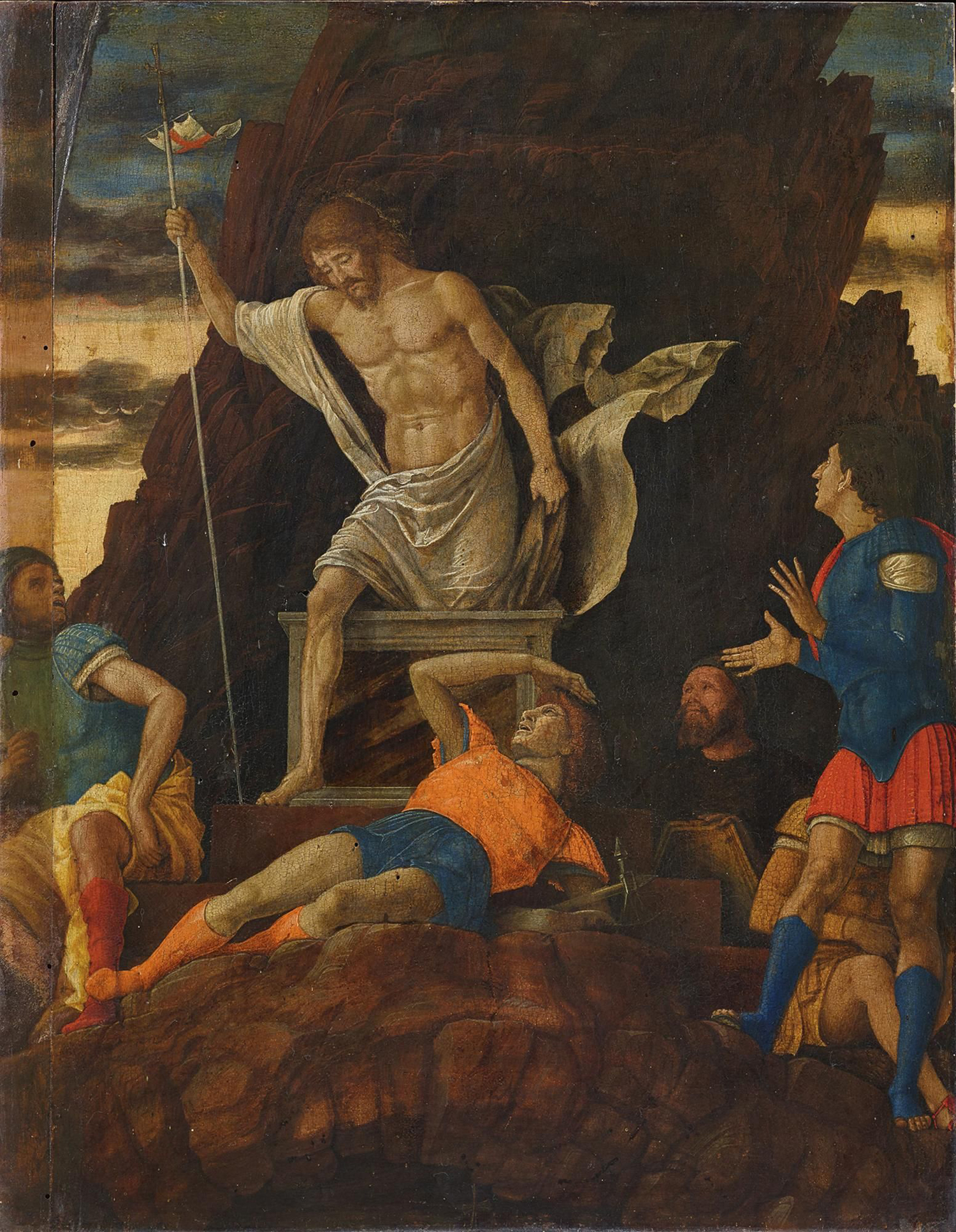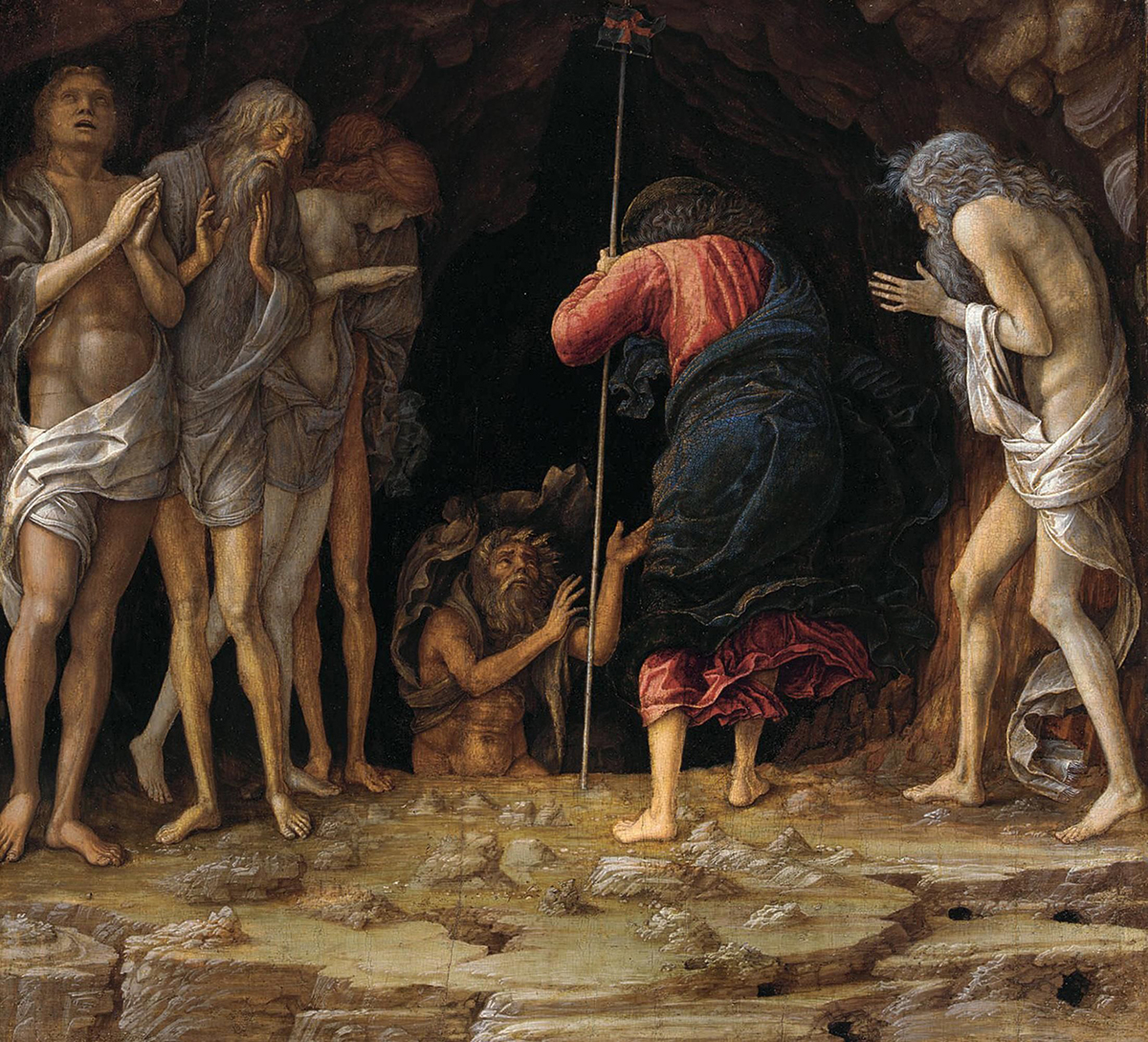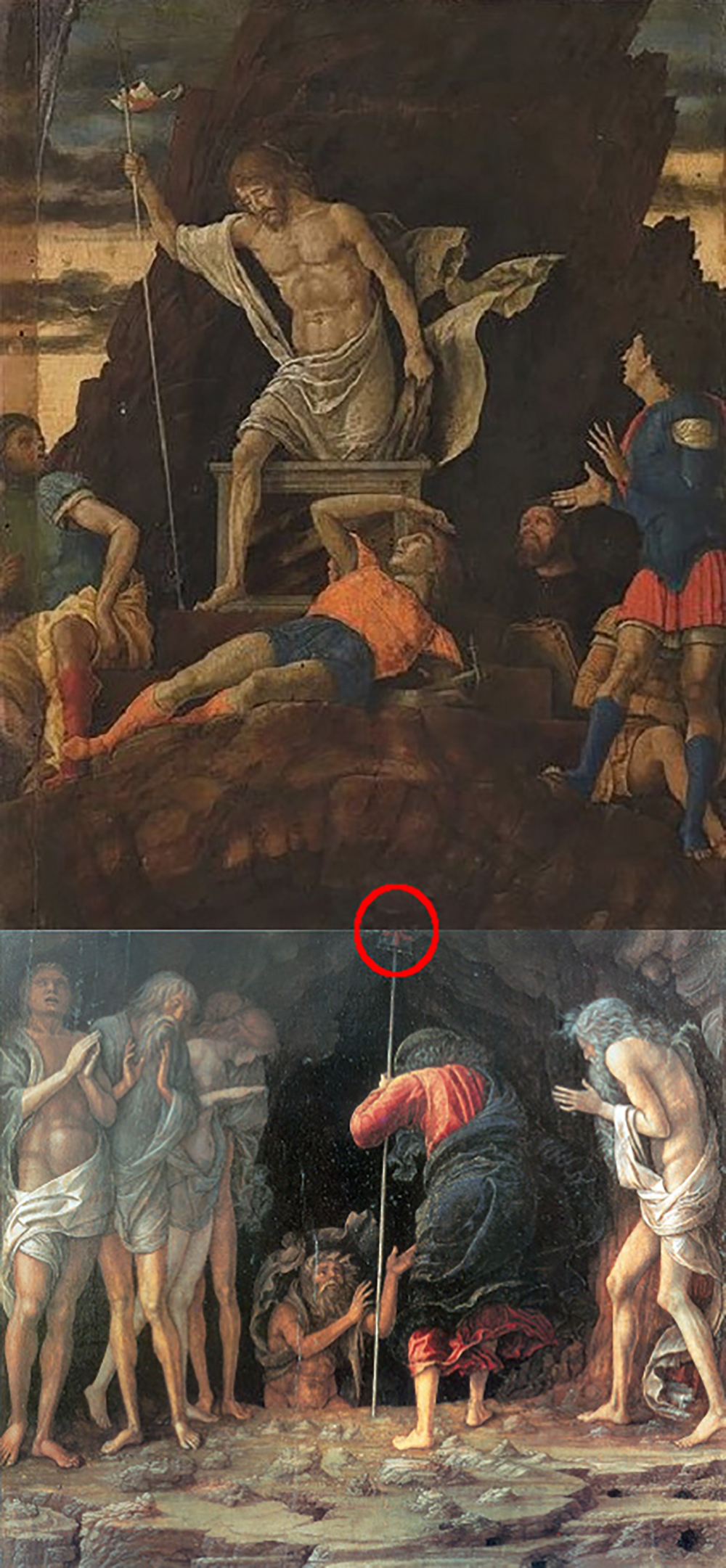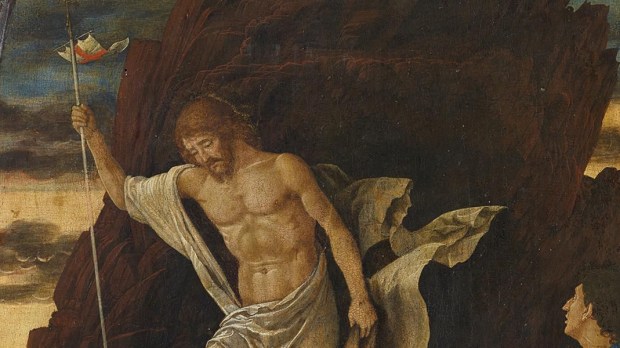A painting of Christ’s Resurrection was kept in storage for decades until a curator realized it the was the missing half of a $28.5 million painting by Renaissance Master Andrea Mantegna.
Discovering a long-lost masterpiece
At first Giovanni Valagussa was about to catalog the gold and tempera painting depicting Christ’s Resurrection as a copy of a lost original work from the Renaissance. After all, that is what another curator had stated some 80 years earlier, the last time that painting had been evaluated.
But something did not seem right. Valagussa, who was cataloging works put in storage at the Accademia Carrara in Bergamo, Italy, thought that artistic craftsmanship shown in the piece stood out from the other copies that had been stocked in that same room.

He started to doubt the evaluation that had been made by his predecessor in the 1930s. What if this was not, in fact, a copy?
Matching the puzzle pieces
It was thanks to this providential question that Valagussa, curator of Accademia Carrara in Bergamo, started a process that eventually led to the identification of a long-lost Renaissance masterpiece.
On top of the undoubted aesthetic quality of the work, Valagussa noticed a mysterious detail. Right at the bottom of the painting stood a lone cross, coated in gold. The curator’s memory immediately flashed back to a masterpiece by Renaissance painter Andrea Mantegna (1432-1506) titled “Christ’s Descent into Limbo” (1492-1493) where Christ, depicted at the center of the composition with his back towards the viewer, is holding a pole. The pole seems to be cut off at the top, as if missing a cross or a banner.

Inspired by his findings, Valagussa contacted the greatest living expert on Andre Mantegna, Keith Christiansen of New York’s Metropolitan Museum of Art. He explained how the “copy” found in storage looked like it could be the continuation of an existing work by Mantegna, which has been sold to a private collector during an auction held at Sotheby’s New York in 2003 for $28.5 million.
The two art experts placed photographs of the two paintings next to each other to find out if they could match up.
“We put the two images together, and bingo!” Christiansen told art magazine Artnet.com. “The rocks all match up, the little banner comes together, mystery solved.”

On top of the puzzle-like identification technique, the two experts also noticed that the rear of the painting had a wooden beam, which was usually attached at the top or bottom of paintings to present warping. The fact that this beam was placed in the middle further proved that the painting was the upper part of a larger composition.
The complete painting is revalued at over $25 million
As noted on the Wall Street Journal, the discovery immediately affected the estimated value of “Resurrection,” which is now valued between $25 million and $30 million — up from a few hundreds Euro.
“We hope to soon be able to admire both paintings together” Nadia Ghisalberti, Head of Bergamo’s Cultural Council, told Italian newspaper La Repubblica. “It would be great to admire these works as a whole, the way Mantegna himself conceived it.”
For now, the two works can be admired as in the digital reconstruction that was made thanks to Valaguess and Christiansen’s detective work.

